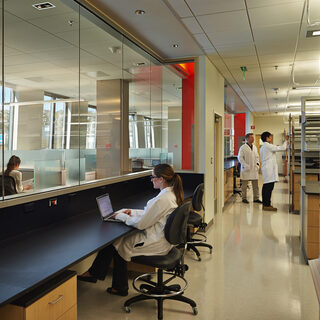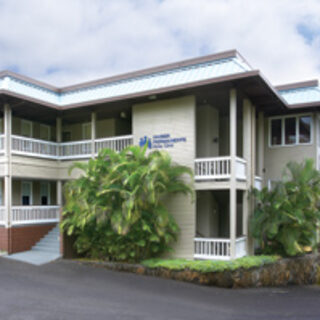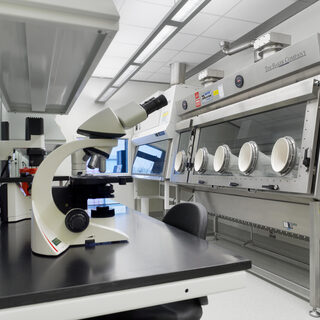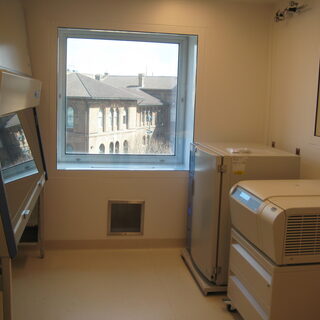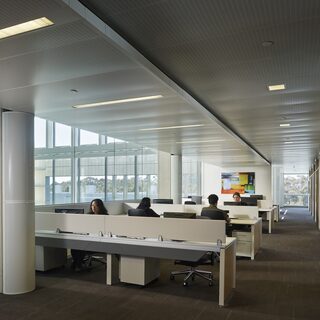Tradeline's industry reports are a must-read resource for those involved in facilities planning and management. Reports include management case studies, current and in-depth project profiles, and editorials on the latest facilities management issues.
Latest Reports
University of Washington, School of Medicine, South Lake Union 3.1
The seven-story “3.1” research building on the University of Washington Medical School’s South Lake Union campus adds 160,000 nsf of research and research support space for more than 300 occupants to a seven-building master plan totaling 1.2 million gsf.
Optimizing Facility Operations Without Building New Spaces
Facility managers can achieve optimal performance by “sweating their assets”—making existing assets work harder—through a careful analysis of what factors contribute to the highest throughput and then undertaking initiatives that will help them reach those goals. Doing so may eliminate the need to create expensive new space but may require facility redesign, says Cyrus Yang, executive director of delivery system planning for Kaiser Permanente.
International Vaccine Centre (InterVac)
The three-story International Vaccine Centre (InterVac) at the University of Saskatchewan is one of the largest vaccine research centers in the world and the largest in North America. It is connected by a walkway to the Vaccine and Infectious Disease Organization (VIDO) laboratory building in a cluster of life sciences R&D facilities at the University. The facilities operate together as VIDO-InterVac, one of only a few BSL-3 facilities in the world that can accommodate disease and vaccine research involving animals as large as cows.
A Facility Renovation Strategy to Accommodate Clinical Cell and Vaccine Production
The Clinical Cell and Vaccine Production Facility (CVPF) at the Hospital of the University of Pennsylvania is designed to facilitate a bench-to-bedside approach, where the clinical materials to treat disease are manufactured and administered within the hospital using cells from the patient’s own body. The project has achieved international recognition for its unique potential for optimizing patient care and for its success treating human immunodeficiency virus (HIV) and cancer.
Health Sciences Biomedical Research Facility II
The seven-story Health Sciences Biomedical Research Facility on the UCSD Health Sciences campus includes wet labs, open lab space, lab support, and administrative support space on five stories above ground; with a vivarium; core lab space; support; and mechanical, electrical, and plumbing systems in the basement. Seven stories of attached administrative office space, interaction spaces and conference rooms are linked by a cast-in-place concrete staircase that climbs seven stories up through the open lobby, and one story down.

